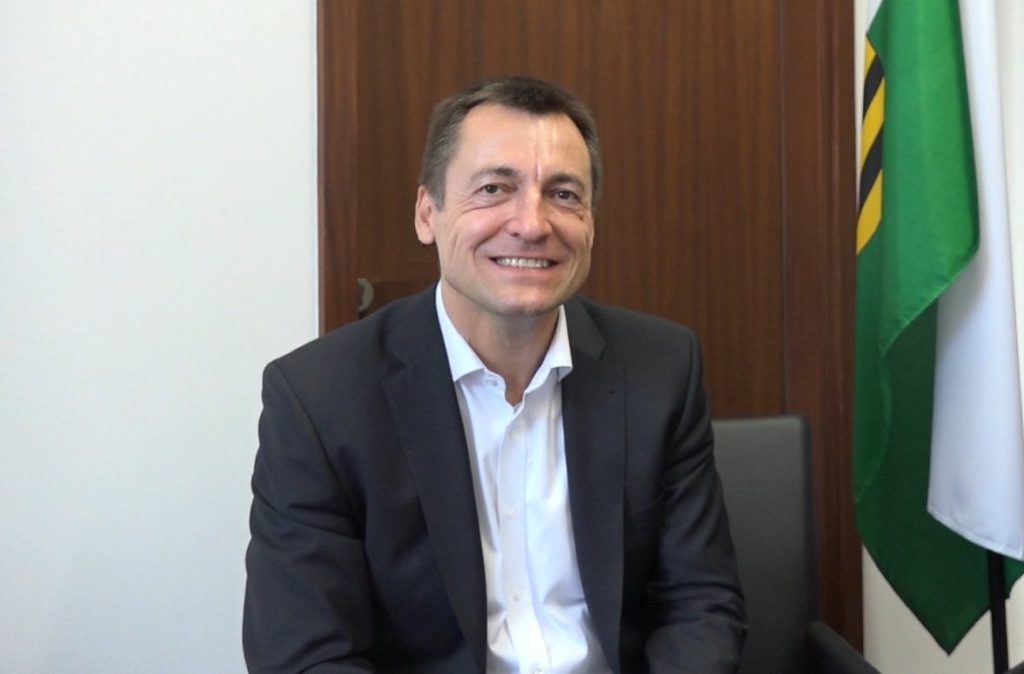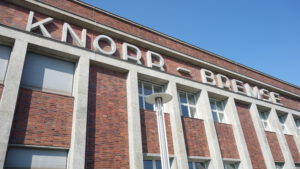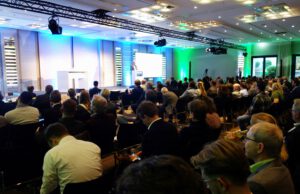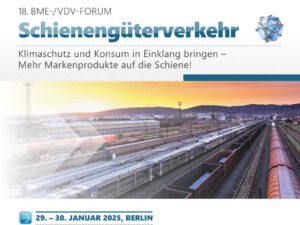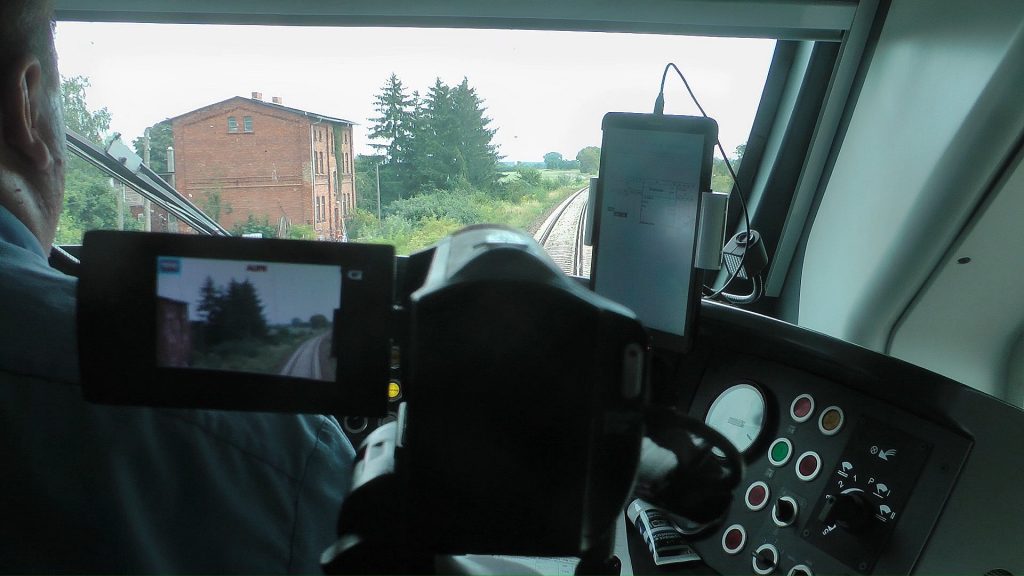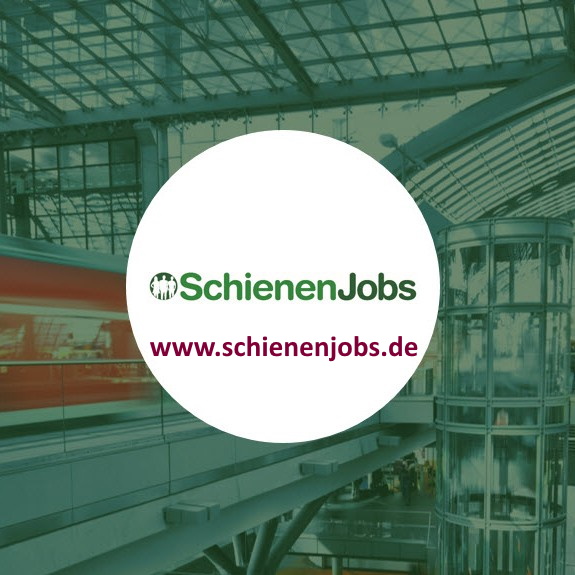CARGO-MANAGER journal: Mr. Herbst, I am pleased that we can once again talk about transport policy – and this time you are even a representative of a governing party. The first question concerns rail freight transport, and here a demand from the freight railways, which compete with the state-owned DB Cargo. These non-DB freight railways want to be on the DB supervisory board, especially when it comes to infrastructure. Also the DB-critical trade union GDL is currently not represented on the supervisory board. Should that change? Should the Minister of Transport, as the supreme guideline for this public group, find new forms of member selection?
Torsten Herbst: That shows exactly the problem of an integrated group that on the one hand is supposed to provide infrastructure for all market participants, but on the other hand is also on the move itself, with its own offers in competition with others.
The Federal Court of Auditors also criticises that there is sometimes a personal union, that people sit on the supervisory bodies of infrastructure companies and at the same time with the transport companies in the group. I think you really have to look at that.
It is clear to me that there should be people on the Deutsche Bahn Supervisory Board who have the relevant expertise and, in my opinion, bring more entrepreneurial expertise back into it.
You will look at the entire cast and the organisation of the committees, also in perspective the question: does the railway company always have to trade as a joint-stock company, or are there other forms? In terms of infrastructure, that will probably not be an option, but rather going in the direction of an Ltd. But we will see. You have to look at this very fundamentally, because it’s about getting sensible supervisory bodies and making sure that there are clean regulations when it comes to competition, also from a compliance point of view, that there are no conflicts of interest.
The coalition agreement of the current federal government stipulates in writing for the first time what has been a requirement for a long time, but not in the same rank as a coalition agreement: 25 percent of German freight transport must go by rail. That’s 18 percent now. Because one hears that transports in the goods sector will continue to increase, that would really be a significant increase. In your opinion, what would have to happen for this to actually be possible?
This depends on two essential points. One is that we have to upgrade the network so that we can handle more freight traffic. That applies to things like overtaking tracks, as well as the expansion of capacity in front of bottlenecks, bottlenecks in front of the major railway junctions that are currently in place. That’s one thing to do. The other. Of course we have to create attractive loading options, and both must go hand in hand, otherwise it won’t work. I would also say that if we have long-distance freight traffic through Germany, where a truck goes from Poland to France, we should aim to get some of this freight traffic onto the rails.
That won’t happen quickly because, as I said, we’re at the limit in many places at the moment when it comes to network capacity.
We need an ambitious expansion here. We will no longer be able to handle the predicted increase in freight volume via our roads. It has to be on the rails at times.
And if we can guarantee reliability there, if we know that trains will arrive within a certain time slot and that the costs are competitive, then I think there is also a good reason to consider to go more by rail and not to deliver everything by road.
And the infrastructure, as you say, must of course be upgraded. That also means being digitised so that more trains can fit in per unit of time. That happens automatically, and of course the new naming of the Ministry for Digital and Transport makes sense, because the digital also has to be incorporated into transport anyway. Here we are talking about ETCS, electronic interlockings, digital interlockings. There were individual lighthouse projects in the last legislature, but much more is needed. How can this work? Above all, timely, quickly.
It’s a mammoth project. Of course we have to get into digitisation. We have a lot of interlockings that are unique. And as far as performance is concerned, we definitely have potential through digitization, although not in all areas. If you’re honest, with the existing train protection system we already have a very, very high capacity on some routes, where you don’t necessarily get much more out of digitisation. But definitely in other areas. I think you have to think in terms of corridors, similar to what we did with VDE 8 Berlin – Munich, and so you have to look at European connections, cross-border connections, so that we can digitise the main routes as quickly as possible and the secondary routes it will take a little longer then.
But I would wish that we could manage that, that we would develop more speed there. Of course, that also depends on what the industry can deliver, because it is a very important point that we then of course also need the appropriate technology and have to implement it. But yes, if I had one wish, I would say that we would have to invest more money and also increase construction a bit so that we can achieve better digitization faster. Which also means that interlocking technology is technically more compatible, that we can hopefully reduce the issue of disruptions and that there will be more capacity and better service for the railway companies overall.
Some also hope that there will be financial support, at least for the Early Bird, which means that whoever is the first to invest in installing these ETCS devices in their tractive rail vehicles will receive the most subsidy. Who is the last, less. But that it is encouraged, and if possible, also without discrimination. It’s not easy, but it doesn’t make any sense otherwise. Otherwise, investments are made in the route, but it is not fully used in the right sense because the vehicles do not yet have the complementary equipment. Is something being prepared in this direction as well?
Yes, that is a crucial point, part of the infrastructure that is currently located next to the track is then part of the vehicles. And then people will think about how we can achieve this state. New routes’ equipment only makes sense if I can switch off the old technology, so to speak, then the condition is that I have compatibility for ETCS and the corresponding units on board of the vehicles. And this must now be pushed forward at full speed. That’s why you have to think about which routes or areas it makes sense to do? Because then we have to get the railways to make the investments themselves. And that’s where the state has to help, at least in the start-up phase it will be necessary for the state to also provide support.
But in the end we also have a success for the stability of the industry in Germany if transport works well, without traffic jams…
… the railway technology industry is also an important location factor. If we show that we can do it here, that it works in Germany. Many other Europeans are facing similar challenges as we are. This is also very interesting in terms of industrial policy.
Mr. Herbst, many thanks for the interview!


